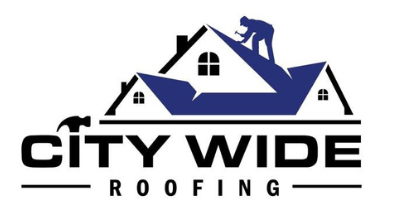The process of re-roofing extends beyond just the replacement of old shingles with new ones. It necessitates a meticulous evaluation of the existing roof’s condition, known as a roof assessment.
‘Before the Upgrade: The Importance of Assessment in Re-Roofing’ underscores the significance of this crucial step, offering expert insights on the potential hazards of bypassing it.
Our collective journey towards understanding roof assessment and its pivotal role in the re-roofing process invites an opportunity to belong to a community that values informed decisions over hasty ones.
This professional discourse aims to elevate your understanding of the subject, ensuring the longevity and resilience of your roofing investments.
Understanding the Basics of Roof Assessment
Before delving into the intricacies of re-roofing, it is crucial to initially comprehend the fundamentals of roof assessment. This process is the cornerstone of any successful roofing project.
It involves a meticulous inspection of the current roof’s condition, identifying any signs of wear, damage, or deterioration. The evaluation also includes assessing the roof’s support structure, insulation, and ventilation systems. All these components contribute to the overall performance and lifespan of your roof.
A thorough roof assessment also aids in determining the most suitable roofing materials and techniques for your specific needs, ultimately aiding in the effectiveness of the re-roofing process.
Therefore, understanding the basics of roof assessment is integral for anyone seeking to belong to the world of successful and efficient home improvement.
Potential Pitfalls of Skipping Roof Assessment
Transitioning from understanding the basics of roof assessment, it’s imperative to illuminate the potential pitfalls that can arise from skipping this critical step in the re-roofing process. Bypassing an assessment can lead to undisclosed damages remaining unaddressed, exacerbating problems and potentially leading to costly, unforeseen repairs.
Unidentified structural issues could compromise the integrity of the new roof, diminishing its lifespan and effectiveness. Budget overruns are a common consequence, as undetected issues usually surface midway, causing project delays and increased expenditure.
Additionally, it would be a missed opportunity to improve energy efficiency and insulation, influencing long-term costs. As a part of the roofing community, it’s crucial to prioritize roof assessment to ensure quality, durability, and cost-effectiveness in our projects.
Conclusion
In conclusion, diligent roof assessment prior to re-roofing is a critical step often overlooked.
Studies reveal a startling 70% of re-roofing projects encounter unforeseen issues, resulting in escalated costs and delays due to the absence of a comprehensive assessment.
Therefore, embracing a thorough evaluation process not only mitigates potential pitfalls but also ensures the longevity and performance of the roof, underlining its undeniable importance in the re-roofing process.


